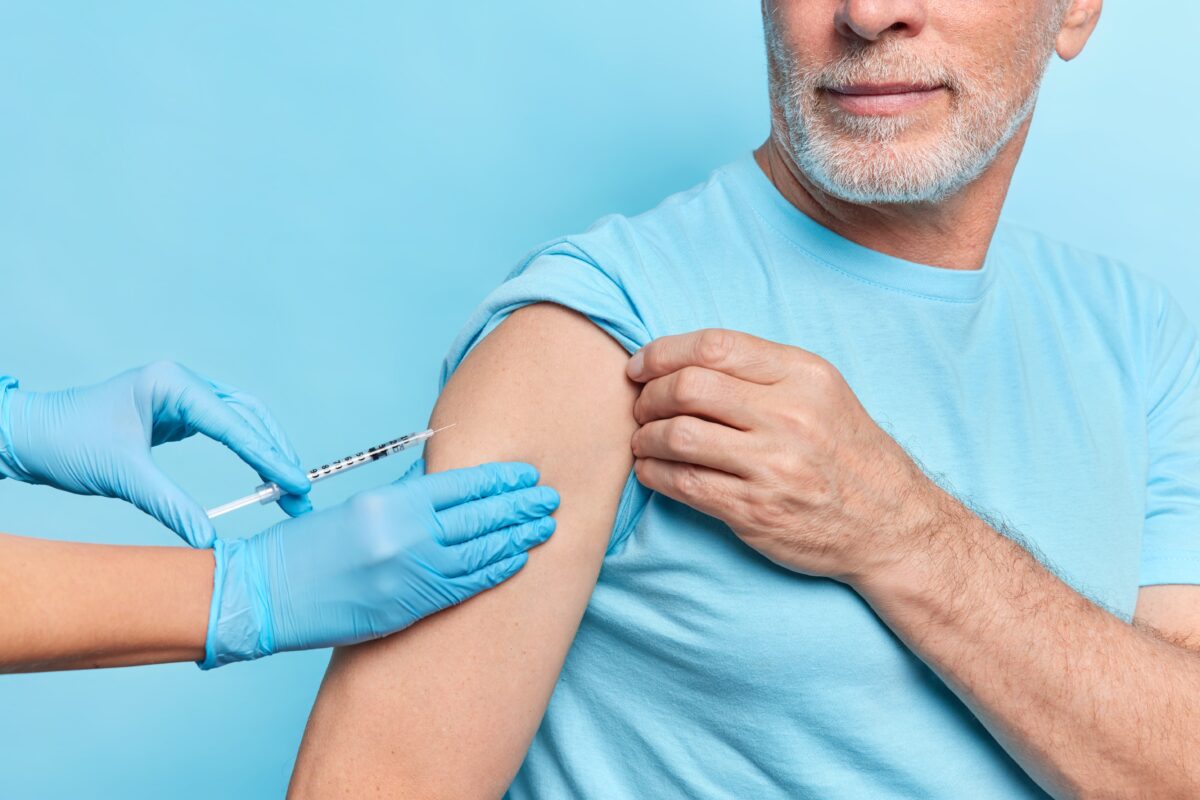As per a report, an estimated 1 million people in India develop shingles every year. The risk of developing shingles increases with age, and the majority of cases occur in people over the age of 50. Shingles are also more common in people with weakened immune systems, such as those with HIV/AIDS, cancer, or who are taking immunosuppressive medications.
“Shingles is a painful and potentially serious condition that can be caused by the same virus that causes chickenpox”, says Dr. Anthony Fauci, Director of the National Institute of Allergy and Infectious Diseases. Shingles, also known as herpes zoster, is a viral infection caused by the varicella-zoster virus, the same virus that causes chickenpox. It is characterized by a painful rash or blisters on the skin. While there is no cure for shingles, there are treatments available to manage the symptoms, and vaccines can help prevent the condition and its complications.
Table of Contents
Causes of Shingles
Shingles occur when the varicella-zoster virus, which remains dormant in the body after a person has had chickenpox, becomes active again. The exact reason why the virus reactivates is not fully understood, but it often happens during periods of weakened immune function or increased stress.
Symptoms of Shingles
The early symptoms of shingles may include fever, chills, headache, fatigue, sensitivity to light, and stomach upset. These are followed by localized symptoms, such as itching, tingling, or burning sensations in a specific skin area. Redness, a raised rash, and fluid-filled blisters then develop in that area. The affected skin can be painful, ranging from mild to severe.
Duration of the Outbreak
The entire course of a shingles outbreak can last three to five weeks. The rash usually goes through several stages, starting with a pre-rash phase characterized by pain and discomfort, followed by the appearance of the rash as a band or patch on one side of the body. The rash then progresses to fluid-filled blisters, which eventually dry out and form scabs before healing completely.
Contagiousness of Shingles
Shingles itself is not contagious, but the varicella-zoster virus can spread from a person with shingles to someone who has never had chickenpox or been vaccinated against it, leading to the development of chickenpox. The virus is transmitted through direct contact with the fluid from the shingles blisters. It is important to keep the rash covered and avoid contact with individuals who are susceptible to chickenpox, such as infants, pregnant women, and those with weakened immune systems.
Diagnosis and Tests
Shingles can be diagnosed based on the characteristic distribution of the rash on the body. In some cases, laboratory tests may be performed using scrapings or swabs of the blister fluid to confirm the presence of the varicella-zoster virus.
Management and Treatment
While there is no cure for shingles, various treatments can help manage the symptoms and reduce complications. Antiviral medications, such as acyclovir, famciclovir, and valacyclovir, are commonly prescribed to alleviate discomfort and speed up the healing process. Over-the-counter pain medications like acetaminophen and ibuprofen can be used to relieve pain. Antibacterial drugs may be prescribed if a bacterial infection develops in the shingles rash. In cases where the eyes or other facial areas are affected, anti-inflammatory medications like prednisone may be prescribed.
Complications of Shingles
One of the most common complications of shingles is postherpetic neuralgia (PHN), which is characterized by persistent nerve pain in the area where the shingles rash occurred. Other complications can include numbness, itching, bacterial infections of the rash, and inflammation of the eyes or ears if the rash is in proximity to these organs.
Prevention of Shingles
Vaccination is an effective way to prevent shingles and its complications. Two vaccines are available: Zostavax and Shingrix. Shingrix is the preferred vaccine recommended by medical experts and has shown to be more than 90% effective in preventing shingles and PHN. It is recommended for individuals aged 50 and older, even if they have had shingles before.
Dosage of Vaccine
Shingrix (recombinant zoster vaccine) 0.5ml should be administered to adults aged 50 years older as a two-dosage series, 2 to 6 months apart.
Zostavax (zoster vaccine live) 0.65ml is administered single dose in the deltoid region.
Mild side effects were reported in one out of ten people post-immunization such as sore arm with mild to moderate pain and redness, and swelling at the injection site. Some patients even reported feeling tired, muscle pain, headache, shivering, fever, and stomach ache.
The choice of the vaccine depends on availability and efficacy. The patient can choose after understanding the pro and cons. Always take the opinion of your treating doctor or your healthcare provider for more information.





